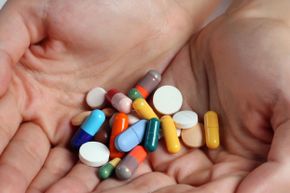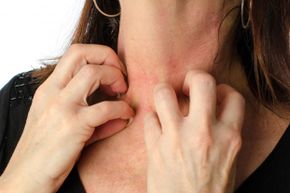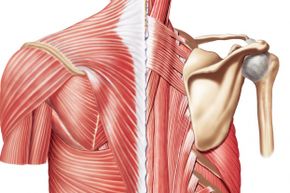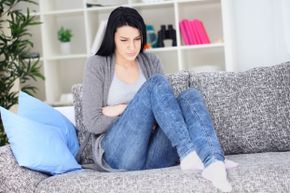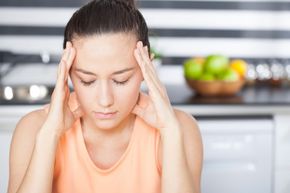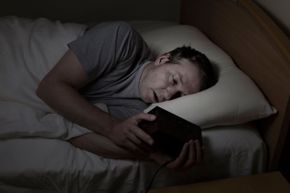Aspirin will take care of a headache, but it may have a secondary benefit of protecting the heart, too. Beta blockers treat hypertension and are also prescribed to reduce anxiety, such as stage fright. And while the antipsychotic drug aripiprazole (Abilify) is approved for the treatment of schizophrenia, it's also prescribed for substance abuse, obsessive-compulsive disorder and dementia. These uses are all considered off-label.
Off-label prescription medications are meds that are repurposed to treat a medical condition different from the one approved by the U.S. Food and Drug Administration. Off-label could also mean a drug is being used in an unusual or atypical way, such as orally instead of intravenously. Treatments prescribed for longer than the recommended duration or at a lower or higher dosage, for example, are also considered off-label.
Advertisement
While it's not legal for pharmaceutical companies to promote or market a drug for a use not approved by the FDA, it is legal for pharmaceutical reps to inform health care workers about studies showing promise in off-label applications. It's also legal for your doctor to prescribe FDA-regulated medications to treat conditions they weren't originally approved for, and it's a good thing that's the case: According to a 2008 study, 80 percent of oncologists, for example, had done so [source: ACS].
Off-label and unexpected uses of antidepressants, one of America's most frequently prescribed therapeutic drugs, is big business. About 10 percent of Americans take prescribed antidepressants (and among American women in their 40s and 50s, the number rises to 23 percent) [source: Wehrwein]. Let's take a look at what we're hoping to cure with antidepressants, aside from our depression.
